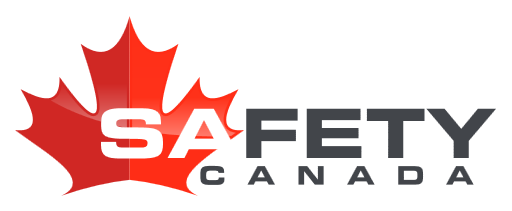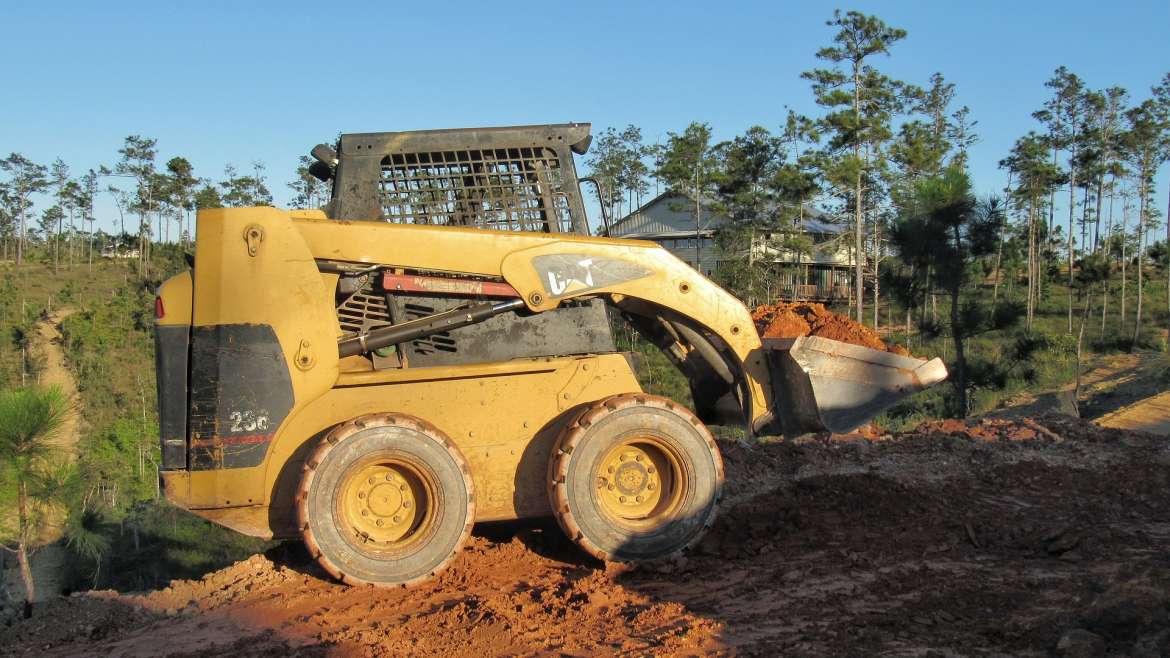5 Important Safety Tips for Operating a Skid Steer Loader
Skid steers are an incredibly useful tool in the modern world. Operating with lightning precision and capable of moving extreme loads, these tank-like vehicles are a must-have in many industries. With a variety of attachments and configurations, Skid steers have an almost limitless potential to benefit efficiencies on many job sites. These assets are crucial to project development but also come with risk. Operators, bystanders, equipment, property, and other assets could be in danger if skid steer loader safety is not practiced. Here are some great safety tips for operating a skid steer loader!
Skid Steer Loader Online Training
Online safety courses are a proven way to increase awareness and understanding of specific hazards by providing a wealth of information and data. They are usually flexible in delivery offering students and workers great information that suits their schedules! Online skid steer safety training offers:
- Pre-start inspection
- Working with attachments
- Preventing rollovers
- Best work practices
These topics are crucial in preventing accidents promoting safety and efficiency.
Check Surroundings
Before starting work with a Skid steer, it is vital to check surroundings for potential hazards, these can include:
- Bystanders or other workers
- Power/Water/Gas lines
- Trenches, ditches/Uneven ground
- Other equipment/Assets
Checking surroundings and being aware of job site changes can reduce accidents.
Pre-Inspect Equipment
Equipment is a vital tool for completing tasks, Skid steers are no different. There are a few components that need to be checked before the skid steer can perform its duties, these include:
- Rims and tires
- Fuel, oil, hydraulic fluid levels
- Check for any pooling of fluids or obvious leaks
- Structural damage to the equipment
- Any debris or garbage in the cab or around the skid steer
- Check safety equipment in the vehicle
This is not an exhaustive list, but it is a good place to start.
Conduct A Job Hazard Assessment (JHA)
Before starting work, it is recommended to engage others on the worksite in a tool-box meeting to conduct a Job Hazard Assessment. This should be used as a tool to identify the work that needs to be done, assess what the goals of operating the Skid Steer Loader are, and determine what could potentially go wrong, and how to mitigate those risks.
Have A Plan
Ideally, it is best to use preplanning and training to mitigate hazards, but it is recommended to have a backup plan in the event an unforeseen circumstance was to happen while operating the Skid Steer. Some questions to consider for planning for a worst-case scenario are:
- What could go wrong?
- Are there any support people to call if an accident was to happen?
- Is there a medical station or first-aid-kit that is easily accessible?
- Is there a potential for a rollover?
- Are the safety devices in the skid steer reliable?
Take the training, check surroundings, inspect the equipment, use a JHA, and have a plan. These are great things to consider when using a skid steer loader on any job site. Stay safe!




